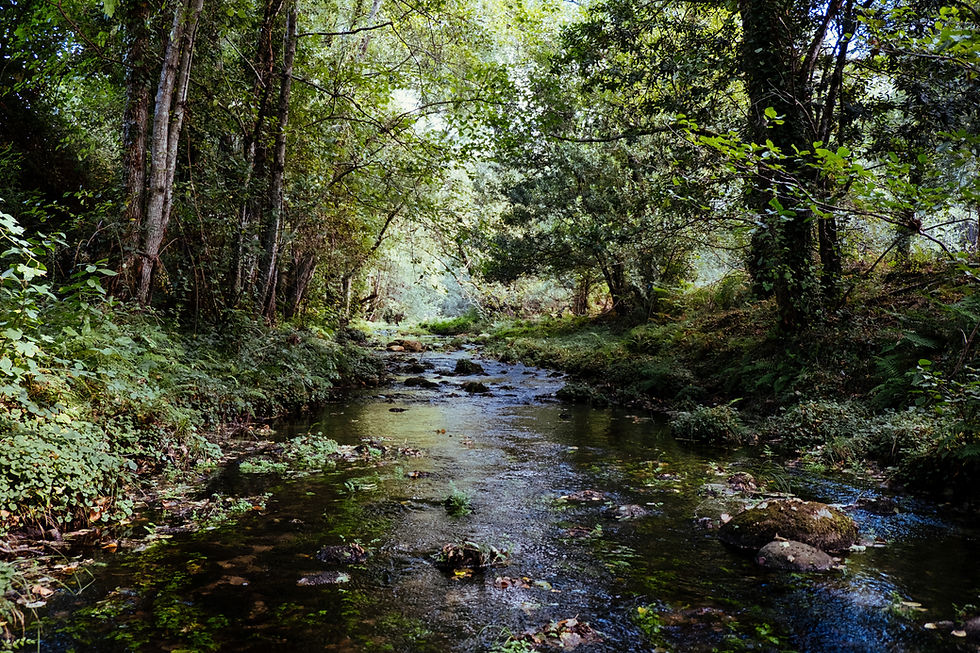Healthy Rivers are Essential for Lake Winnipeg’s Survival
- ryan85209
- Sep 26, 2020
- 2 min read

For thousands of years, the Red River was the primary transportation corridor for Indigenous Peoples and then by settlers.
Today, many communities along the Red River and throughout the Lake Winnipeg watershed depend on rivers for drinking water and water for municipal, agriculture, and commercial uses. Our decisions and actions continue to impact water quality and quantity in our watershed.
Rivers in Lake Winnipeg Watershed

The majority of water flowing into Lake Winnipeg is from four rivers: the Saskatchewan River, the Red River, the Assiniboine River and the Winnipeg River. Of these rivers, the Winnipeg River delivers the most water.
Most phosphorus entering Lake Winnipeg comes in from the Red River, with about half originating in the USA and half from Manitoba. The Red River Valley is the most densely populated region of Manitoba.
Rivers and Runoff

Cities and towns have many hard surfaces, such as roads and buildings. When it rains and snows, municipalities use storm drains to collect and move water to retention ponds or directly to streams and rivers without treatment.
Water not absorbed by farmland moves downhill. This runoff eventually finding its way into larger water bodies such as rivers, lakes, and oceans.
Water Quality

Flooding and excessive runoff from rain and snowmelt can cause a massive amount of water to flow over the land and into ditches, creeks, rivers and streams. This influx of water can introduce nutrients, pollutants, and other materials as it enters Lake Winnipeg.
Nutrients, such as phosphorus and nitrogen, are essential for plants to thrive. But excess nutrients, especially phosphorus, can lead to eutrophication and rapid growth of algae and other aquatic plants in lakes and rivers within the Lake Winnipeg watershed.
Climate Change and Rivers

Climate change will impact all Canadians, and freshwater ecosystems. Canada's fresh water is particularly at risk as major river flows are affected, and extreme weather events can contribute to more water moving over the land or dry up waterways.
In this century, scientists predict climate change will reduce major rivers flow by as much as 20 per cent. During a drought, shared water sources such as reservoirs, rivers, and groundwater for wells are in jeopardy of running dry.
Water Quantity

Many water systems that keep nature thriving and provide fresh water to our growing human population are at risk. Many rivers, lakes, and underground aquifers are overused or becoming too polluted for use. Over 1.4 billion people currently live in a river basin where water use exceeds minimum recharge levels, leading to the dried up rivers and depleted groundwater.
There are approximately one billion people in the world who do not have safe drinking water. Yet, we can shower daily, launder our clothes frequently and make lakes and rivers our playgrounds.

With 101,592 square kilometres of water in lakes and rivers, fresh water is one of Manitoba's significant natural resources. We have abundant fresh water to keep our environment healthy, our economy strong, and our citizens happy. Our daily actions and choices can harm or benefit the Lake Winnipeg watershed. We mustn't take water for granted or we could lose our extraordinary water inheritance.
By practicing Lake Friendly actions, we all can help preserve the health of our watershed for generations to come.







Comments